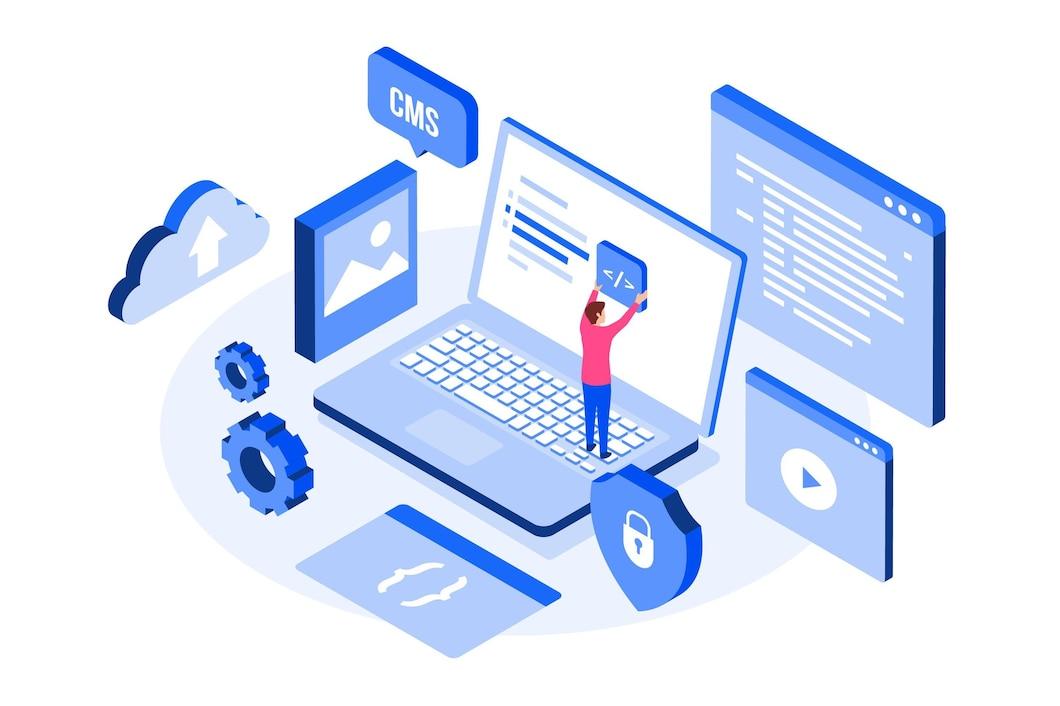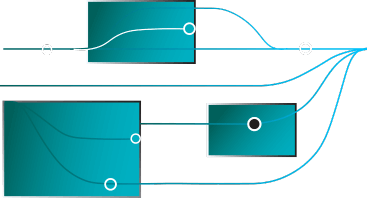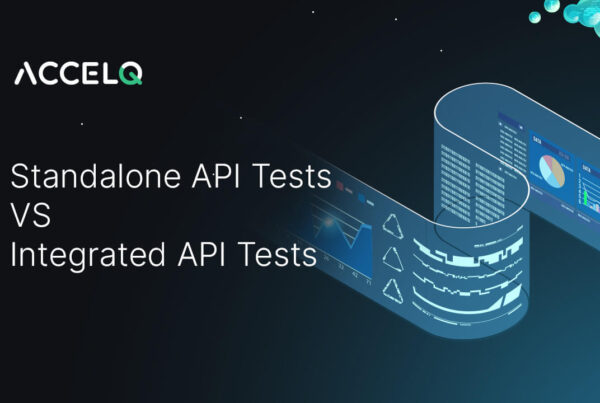Production Testing – What, Why, and How?

Testing in production has always been seen as a risky endeavor, considering it could presumably result in production and testing data getting mixed, security issues popping up, and user experience getting jeopardized. Therefore, it doesn't sound surprising that many software development companies still hesitate to do complete production testing.
However, this shouldn't be the case. In the modern development age, testing in the production stage is becoming increasingly relevant and necessary. As applications undergo rapid and dynamic changes, production testing is no longer considered a "bad" method. This is because most product teams cannot detect all bugs or problems during the development stage.
Another driving factor behind production testing is that applications cannot be thoroughly tested in a "simulated" testing environment and have real-world dependencies.
To that end, let’s delve deeper into this concept. This article covers:
What is production testing?
In simple language, production testing is the continuous testing of any software product or application in the production environment.
Among the common misconceptions, testing in production is not about performing QA testing on "untested" product features before delivering them to the customer.
Testing in the production environment conforms to testing new code changes in the live environment (with user traffic and workload) instead of using a staging environment. In essence, this form of QA testing makes its way into environments of continuous development and delivery.
As part of an effective strategy, production testing must be executed earlier in the software testing process. Essentially, it must not be an "afterthought." This ensures that it can leverage the benefits of unit testing and automation testing. Effectively, production testing can supplement other forms of pre-production testing and not serve as a replacement.
Next, let's discuss why production testing is essential with respect to modern-day development.
SUGGESTED READ - What is Unit Testing? 6 Best Practices to Do it Right
Why is production testing important?

Traditionally, product development companies try eliminating all bugs and flaws before releasing the application to end-users in the production stage. This approach can build the user's trust as they can work with a bug-free product. However, with this approach, production testing is not easy to implement and has its share of challenges, including:
- Not cost-effective to design and maintain a testing environment (with a range of test cases and automation tools).
- Testing teams find it infeasible to simulate a real-world use case in a test environment (without any real-time business data).
- Production environments may employ different datasets and configurations, thus creating a different user experience.
Production testing overcomes these multiple challenges with a range of benefits, including:
- Application testers can leverage real-time production data in their testing process. Hence, they can detect and report problems that would not occur during normal testing processes.
- Product companies can improve performance testing by monitoring how applications respond in real-life scenarios.
- To-follow technique or test approach for each component
- Software developers and testers can now test a “new” product feature (or functionality) in a production environment.
- Production testing effectively enables “testing” the user experience in the real-life environment, thus reducing (or eliminating) any margin for error.
- Production testing (during the product’s beta phase) provides immediate customer feedback on new features (or changes).
From a fundamental standpoint, production testing is effective only when application testers correctly implement it. Next, let's see how to implement testing in production.
Do more with Test Automation
Discover more ways to add ‘low-code no-code‘ test automation in your workflows

How to perform production testing?
Primarily, there are two "right" approaches to production testing in any software environment, namely:
A/B Testing
This is among the common techniques used in a production environment. Users can view two product versions and decide which one of them is better. A/B testing provides valuable feedback to product development teams, thus enabling them to choose the correct version.
Canary Releases
This is another effective technique that looks similar to A/B testing. Using this technique, a new product version is released to a subset of end-users and then closely monitored. Each of the released product versions differs through small functionality changes before "rolling" out the overall product to the entire user base.
Depending on the product type, companies can employ additional types of testing in their production environment. These include:
- Feature Flagging: Conditional toggles used to expose (or hide) a feature to the users.
- Load Testing: Checking how applications respond to heavy load scenarios like a heavy volume of transactions or incoming traffic
- Stress Testing: Checking the maximum threshold before an application “crashes” under heavy stress.
How can product companies avoid an efficient production testing process? Here is a list of indicators:
- Lack of pre-production testing (or skipping other software testing methods)
- No proper backup strategy nor any means of restoring backup data
- Performing production tests at the “wrong” time
- Lack of facility to “roll back” deployed applications
Here are some of the best practices to follow when executing production testing:
- Use real-time data like website traffic and user behavior gathered in the production environment.
- Use a combination of user devices, browsers, and operating systems during the production testing.
- Collect and monitor users’ real-time data and modify the testing approach (if needed) accordingly.
- Use real user monitoring (or RUM) to monitor how human users interact with the application.
Why ACCELQ is the most reliable tool for production testing?
ACCELQ provides product companies with the capabilities of codeless test automation that helps in achieving continuous production testing. ACCELQ offers a true platform to achieve continuous test automation.
Recognized by Forrester Wave as an industry leader in continuous test automation, ACCELQ offers the speed and cost benefits of no-code/ low-code application development. This helps our customers to streamline the benefits of their production testing approach.
If you are looking for a technology partner to help you with production testing, we can help you out. Sign up for a personalized product demo today!
Nidhi Achhaa
Content Specialist at ACCELQ
Nidhi specializes in technology-based content and strives to create a unique, customized, and compelling piece with a flavor of SEO. A writer with a love for words and a storyteller at heart.
Discover More
 Standalone API Tests vs. Integrated API Tests
Standalone API Tests vs. Integrated API Tests
Standalone API Tests vs. Integrated API Tests
 Cucumber Testing vs. ACCELQ – Which is the Best Tool for Agile Development
Cucumber Testing vs. ACCELQ – Which is the Best Tool for Agile Development
































